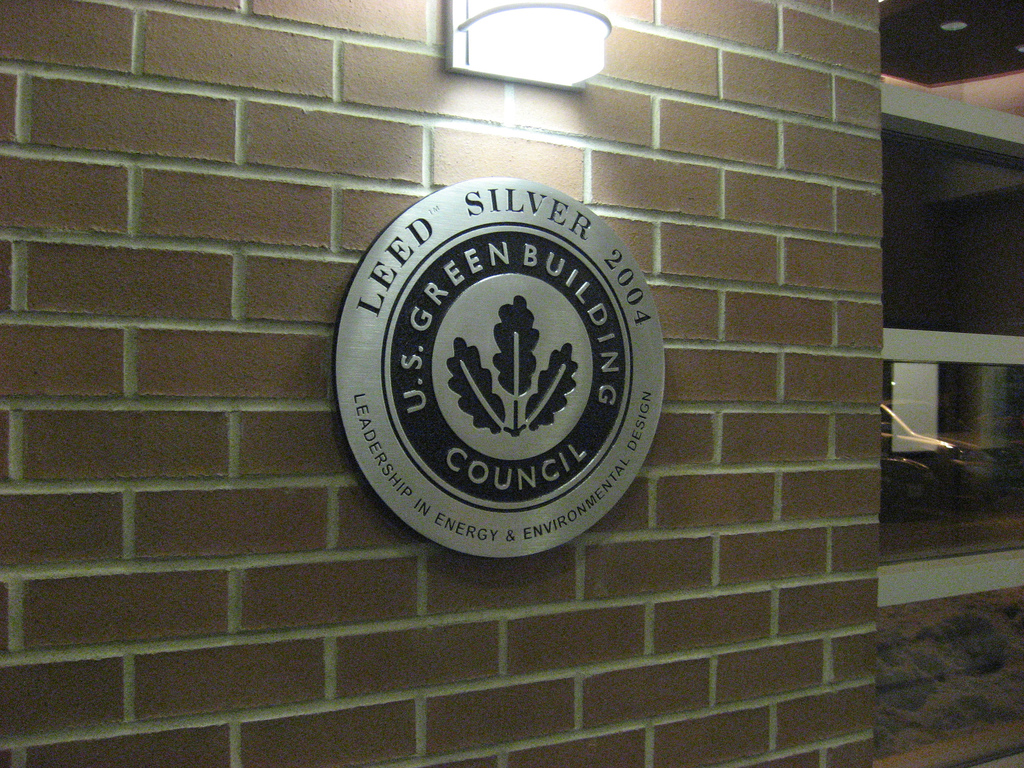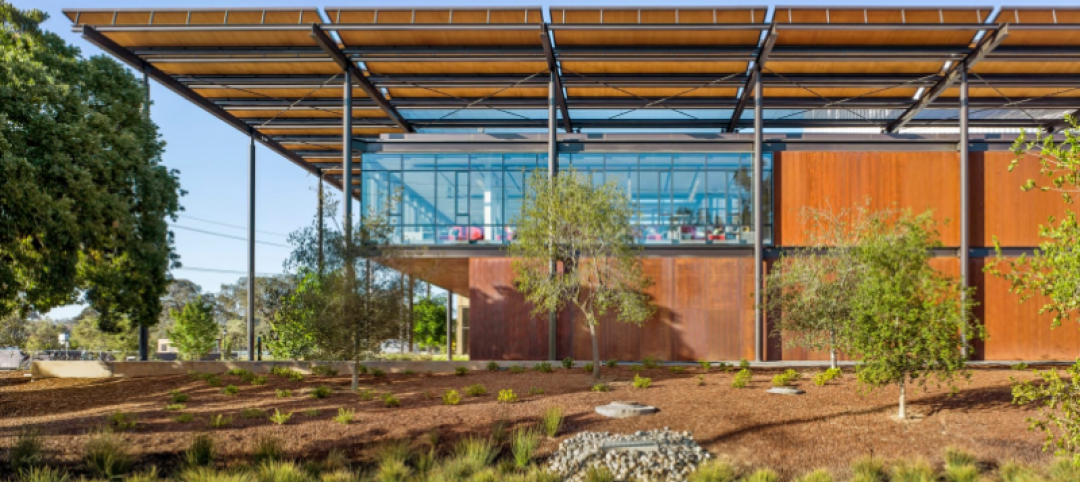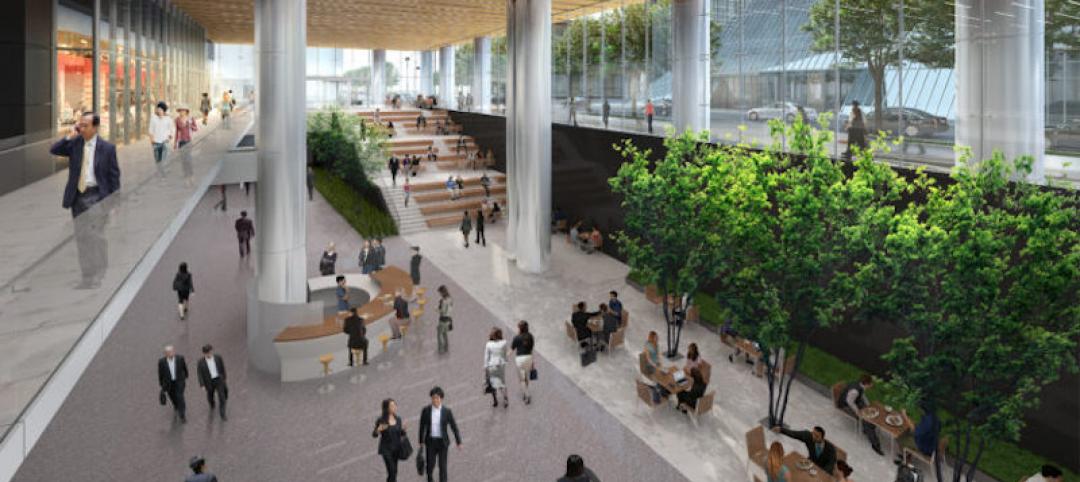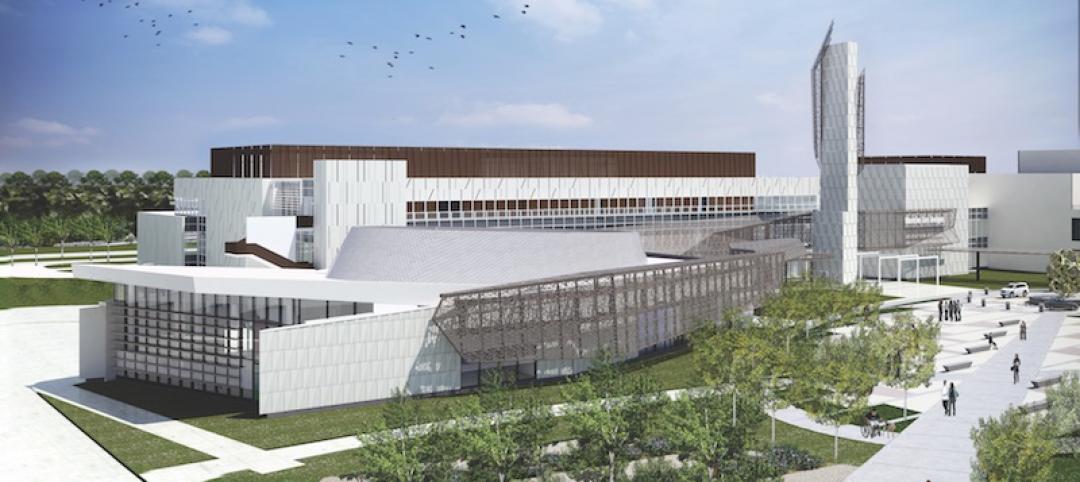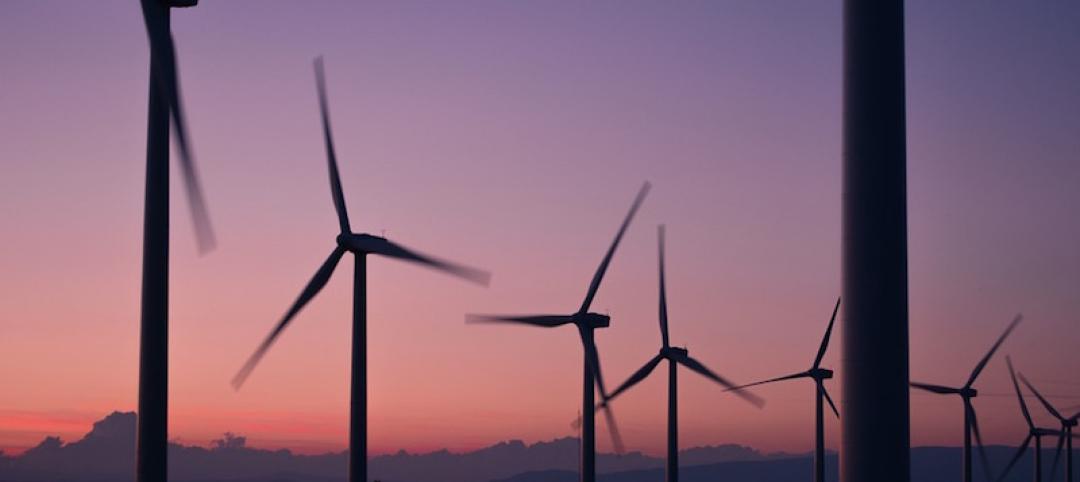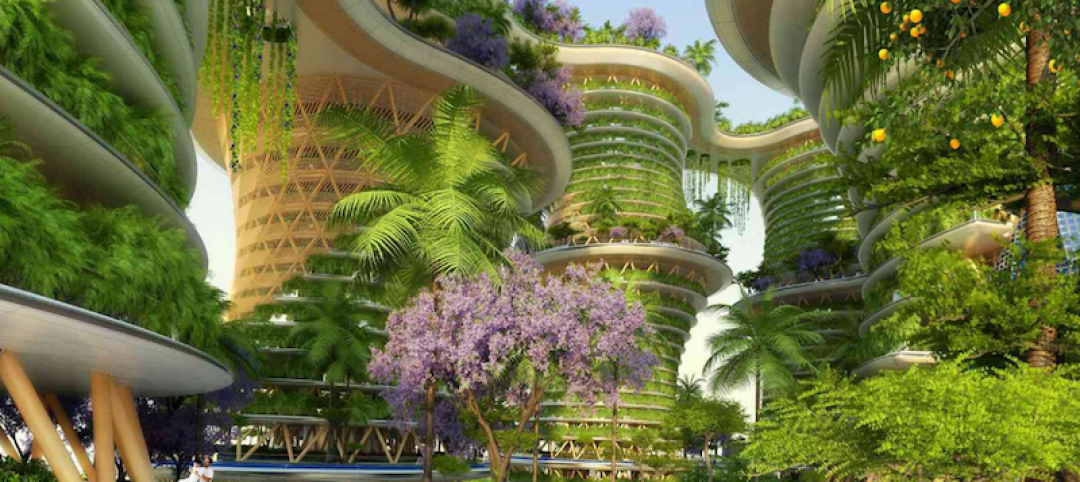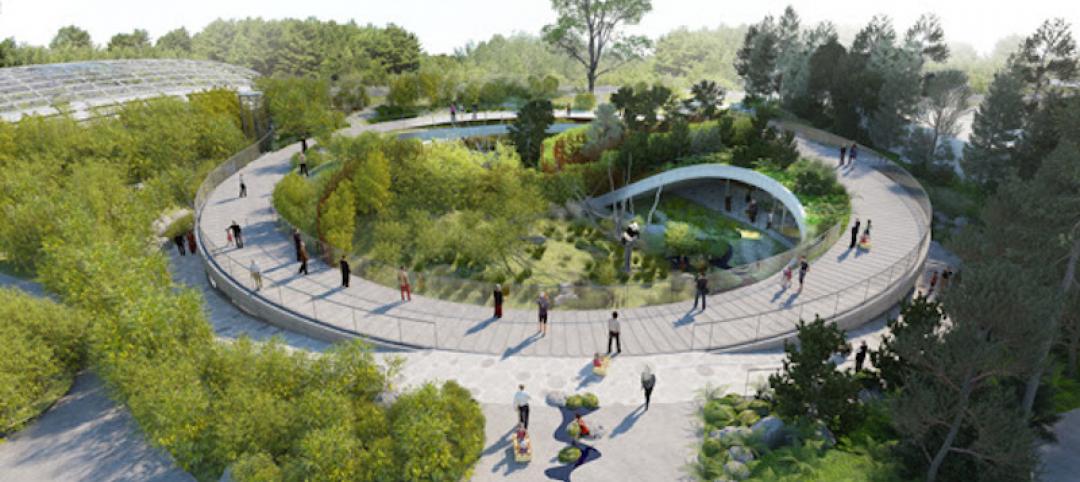The U.S. Green Building Council (USGBC) unveiled a new governance structure with two leadership bodies.
An advisory council has been added to the organization to set policy in conjunction with the board of directors. This arrangement will be implemented in 2016.
“By having both a Board of Directors and an Advisory Council, we increase our ability to meet the challenges of a complex business environment,” said Rick Fedrizzi, CEO and founding chair, USGBC. “The individuals on our new board bring a unique perspective and unparalleled industry expertise that will allow us to navigate the changing global business landscape. And our Advisory Council members will provide deep market knowledge and technical expertise ...”
The Advisory Council will recommend policy and initiatives to the board. The board retains the legal authority to make policy, direct staff, and the ultimate fiduciary responsibility and liability for the advancement of USGBC’s business and mission.
USGBC’s membership elected the following individuals to serve as directors, effective Jan. 1, 2016:
- Bob Fox, Partner, COOKFOX Architects and Terrapin Bright Green (three-year term)
- Mike McNally, Principal, McNally Green, and retired President and CEO, Skanska USA (three-year term)
- Chrissa Pagitsas, Director, Green Initiative, Fannie Mae (two-year term)
- Janine Benyus, Partner and Cofounder, Biomimicry 3.8 (two-year term)
- Paul Anastas, PhD., Director, Center for Green Chemistry and Green Engineering, Yale University (1 year term)
- Aaron Bernstein, M.D., M.P.H., Associate Director, Center for Health and the Global Environment, Harvard Chan School of Public Health (one-year term)
- Bruce Oreck, Executive in Residence, Aalto University and former U.S. Ambassador to Finland (one-year term)
These directors will join Fiona Cousins and Rick Fedrizzi (ex officio) on the 2016 USGBC Board. The currently serving members of the USGBC Board of Directors will transition to seats on the Advisory Council, joining newly elected council members.
Related Stories
Sustainability | Apr 20, 2017
The American Institute of Architects select the 2017 COTE Top Ten Awards
In its 21st year, the Top Ten Awards highlight projects that exemplify the integration of great design and great performance.
Sustainability | Apr 19, 2017
Embracing the WELL Building Standard: The next step in green
When you consider that 90% of our time is spent in buildings, how these environments can contribute to workplace productivity, health, and wellness is the logical next step in the smart building movement.
Multifamily Housing | Apr 18, 2017
Hanging Gardens-inspired CLT residential development proposed for Birmingham
Garden Hill will provide an ‘oasis-like residence’ for Birmingham’s growing, multicultural student population.
Healthcare Facilities | Apr 14, 2017
Nature as therapy
A famed rehab center is reconfigured to make room for more outdoor gardens, parks, and open space.
Green | Apr 14, 2017
Sunqiao looks to bring agriculture back to Shanghai’s urban landscape
Vertical farms will bring new farmable space to the city.
Sustainability | Apr 13, 2017
How to make a concrete bunker livable
SOM’s design for New York’s second Public Safety Answering Center leans on strategically placed windows and the outdoor environment.
Green | Apr 11, 2017
Passivhaus for high-rises? Research demonstrates viability of the stringent standards for tall residential buildings
A new study conducted by FXFOWLE shows that Building Teams can meet stringent Passivhaus performance standards with minimal impact to first cost and aesthetics.
Codes and Standards | Apr 6, 2017
Product-specific EPDs seen as key aid to earning green building credits
The product-specific EPDs allow designers to more quickly earn a LEED v4 credit in the Materials & Resources category.
Sustainability | Apr 4, 2017
Six connected CLT towers create an urban forest in India
The mixed-use towers would each rise 36 stories into the sky and connect via rooftop skybridges.
Green | Mar 29, 2017
Copenhagen Zoo and BIG unveil yin yang-shaped panda habitat
The new habitat will sit between two existing buildings, including the Elephant House designed by Norman Foster.


